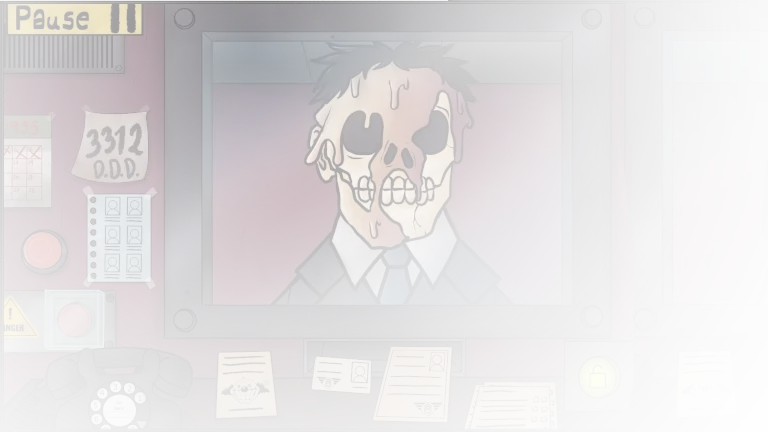
That’s Not My Neighbor
That’s Not My Neighbor transports players to a unique setting in 1955, where the job of a doorman becomes an unexpected frontline in the battle against doppelgangers. These creatures, capable of mimicking human appearance, pose a daily threat to the residents of the apartment building you’re tasked to guard. The game blends elements of a job simulator with a horror twist, challenging players to differentiate between innocent tenants and these deceptive monsters. Failure in this critical task could have dire consequences, turning both you and the unsuspecting residents into the next victims. The premise sets the stage for a tension-filled experience, emphasizing vigilance and quick decision-making.
This game, crafted by Nacho Sama, ingeniously combines the thrill of horror with the detailed mechanics of job simulation. Since launching on February 24, 2024, it has fascinated players with its distinctive concept and immersive gameplay. This title is solely available for Microsoft Windows users.
The Doppelganger Dilemma
As the latest recruit for the apartment’s security, you find yourself in the midst of a doppelganger crisis that has left the building’s management desperate for a reliable doorman. The game’s mechanics revolve around checking IDs, verifying tenant listings, and ensuring that each person trying to enter the building is who they claim to be. However, with doppelgangers growing increasingly cunning, the job is anything but straightforward. Players must sift through paperwork, spot inconsistencies, and make split-second decisions to prevent these creatures from infiltrating the apartment complex.
A Test of Wits and Attention
The challenge of That’s Not My Neighbor lies in the detailed scrutiny required to spot anomalies and the pressure of making the right call. Doppelgangers employ various tactics to deceive, from poorly fabricated excuses to disguises that are nearly identical to their human counterparts. The game cleverly integrates these encounters with humorous outcomes, providing comic relief amidst the high-stakes environment. Players must also contend with the game’s bureaucracy simulator aspect, balancing the mundane tasks of a doorman with the extraordinary responsibility of safeguarding the building against otherworldly threats.
The Thin Line Between Human and Monster
The presence of the Doppelganger Detection Department (DDD) adds a layer of complexity to the narrative. While the DDD serves as a crucial ally in the fight against doppelgangers, their indifferent attitude towards the doormen’s safety underscores the game’s dark humor. Players find themselves in a precarious position, where the distinction between being a protector and being expendable is all too apparent. The game’s setting in the ’50s further enhances the atmosphere, immersing players in a period that feels both nostalgic and eerily relevant to the doppelganger menace.
Uncovering the Truth Behind the Facade
That’s Not My Neighbor excels in building a world where nothing is as it seems, and trust is a luxury few can afford. The game’s point-and-click gameplay mechanic encourages thorough investigation and critical thinking, rewarding players who can navigate the deceptive waters of doppelganger detection. With every successful identification or tragic misstep, the player’s role as the apartment’s last line of defense becomes increasingly significant. The game not only challenges players to uncover the truth behind each encounter but also to reflect on the nature of identity and the masks we wear. The game combines the thrill of horror with the satisfaction of solving a puzzle, all while wrapped in a narrative that captivates and entertains. As players delve deeper into the heart of the doppelganger infestation, they discover that surviving in the shadows requires more than just a keen eye—it requires the courage to face the unknown.
Unraveling the Mysteries of That’s Not My Neighbor
Who Are the Doppelgangers?
Doppelgangers in That’s Not My Neighbor are cunning monsters with the chilling ability to mimic human appearance and behavior. Emerging as a major threat in the game’s setting of 1955, these creatures aim to infiltrate human society undetected. As the player, your role as an apartment building’s doorman is critical to identify and deny these impostors entry, using keen observation and quick decision-making to distinguish them from genuine tenants.
What is the Doppelganger Detection Department (DDD)?
The DDD stands as a governmental body tasked with managing the doppelganger menace. Despite its noble intentions, the organization is portrayed with a degree of ambivalence. They are depicted as somewhat indifferent to the dangers faced by their front-line workers, including you, the player. However, they are also indispensable, providing swift and effective response whenever a doppelganger is identified and reported by the doorman.
How Do You Identify a Doppelganger?
Identifying a doppelganger requires vigilance and attention to detail. Players must scrutinize IDs, ensure individuals are listed for entry, and confirm that their appearance matches the provided documentation. Doppelgangers may slip up, revealing themselves through blatant lies or inconsistencies in their disguise. Some may even attempt to enter while their human counterpart is already home, a mistake that can quickly be uncovered with a simple verification call.
What Happens If You Fail to Spot a Doppelganger?
Failing to identify a doppelganger carries grave consequences. If a doppelganger gains entry, it’s implied that both the player and the human residents are in peril. The game emphasizes the importance of diligence and accuracy in this high-stakes role, where a single oversight can lead to disastrous outcomes.
Can Doppelgangers Be Perfect Impersonators?
While some doppelgangers come dangerously close to perfecting their human disguises, there’s always a flaw to be found. It might be a minor detail amiss or a grotesque deviation from human appearance in less skilled doppelgangers. These imperfections are key to unmasking them, highlighting the game’s focus on observation and scrutiny.
Is the Player Character Ever Revealed?
The game maintains a first-person perspective, keeping the player character’s appearance shrouded in mystery. This choice focuses the gameplay on the task at hand rather than the protagonist’s backstory or looks, immersing players directly into the role of the vigilant doorman.
What’s the Significance of the Hazmat Suit?
The hazmat suit worn by the DDD employee underscores the hazardous nature of dealing with doppelgangers, suggesting a risk of contamination or danger beyond mere physical attack. It serves as a visual reminder of the high stakes involved in containing the doppelganger threat.
In That’s Not My Neighbor, players are thrust into a world where trust is a luxury and every face could hide a monster. Through its engaging gameplay mechanics and intriguing premise, the game challenges players to stay one step ahead of a cunning, shape-shifting menace.
More games








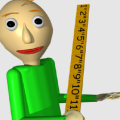



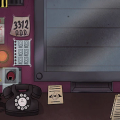



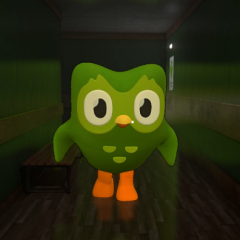



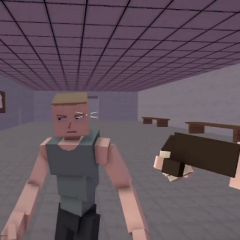
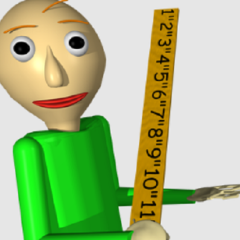

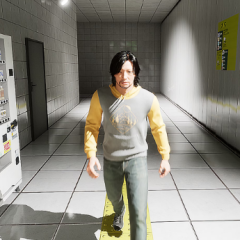

Comments
get ou-
whats the chesters nightmare answers
love this so much that I even play this at school!
lmao
fake ass comments
This is amazing! I love this so much that I even play this at school!